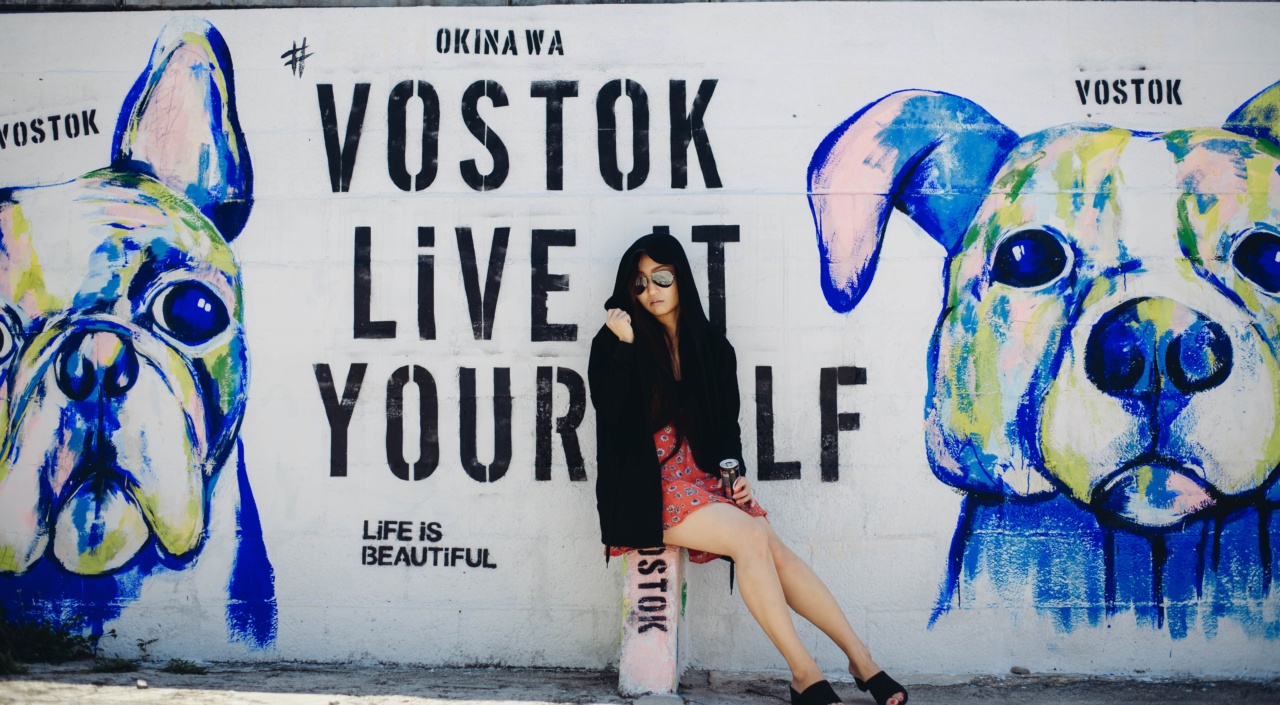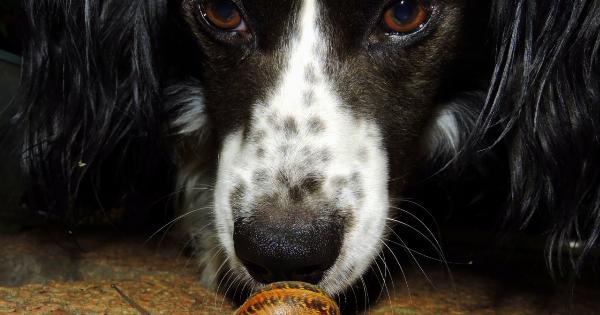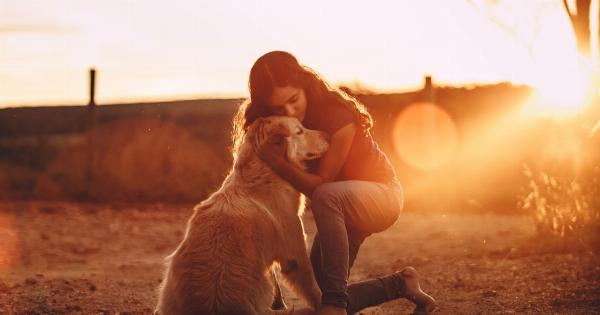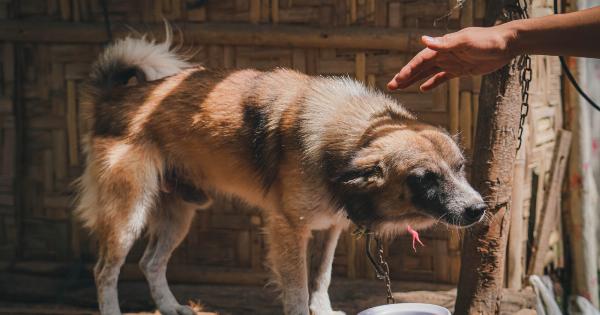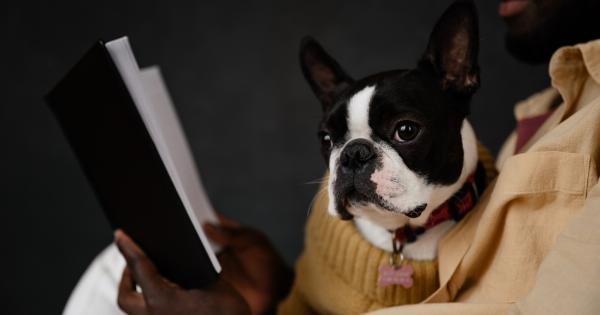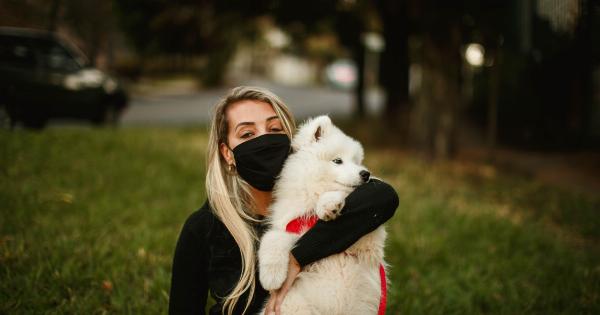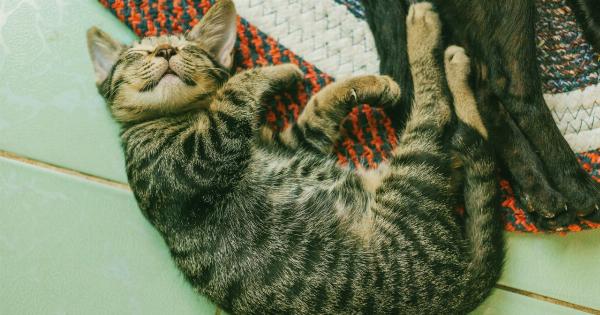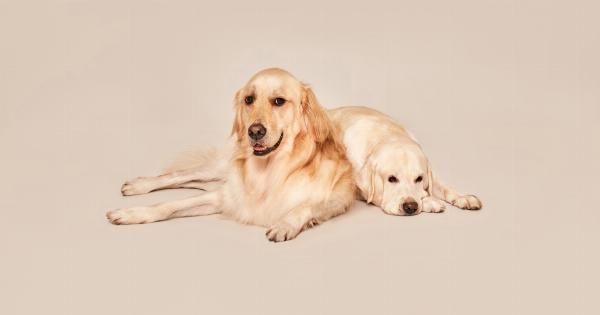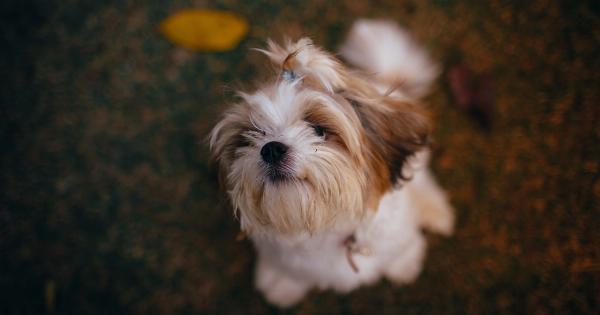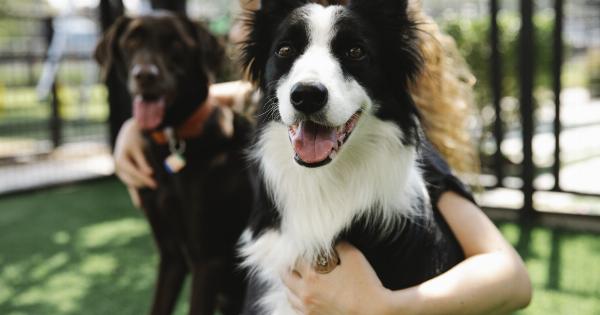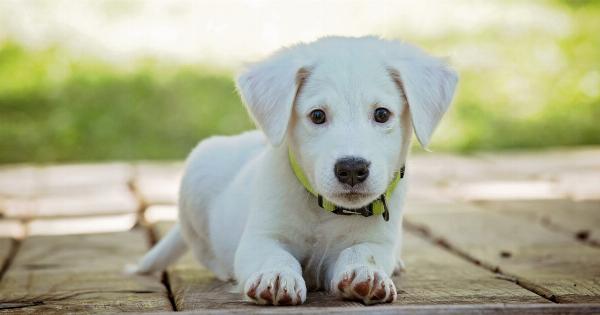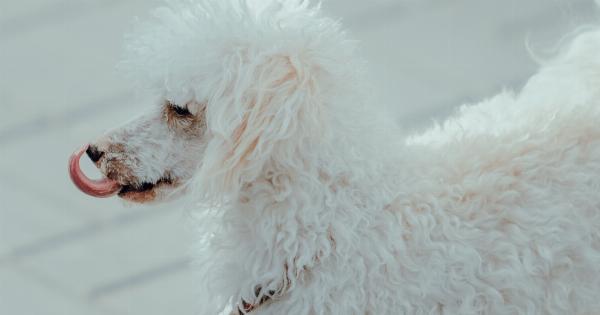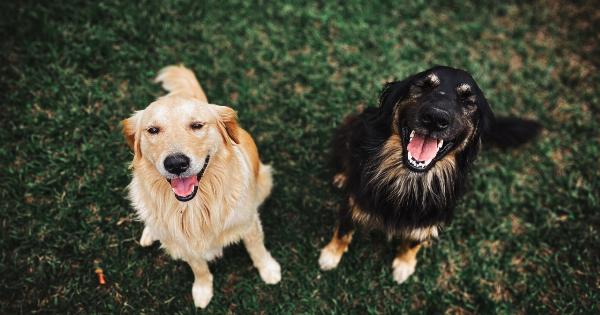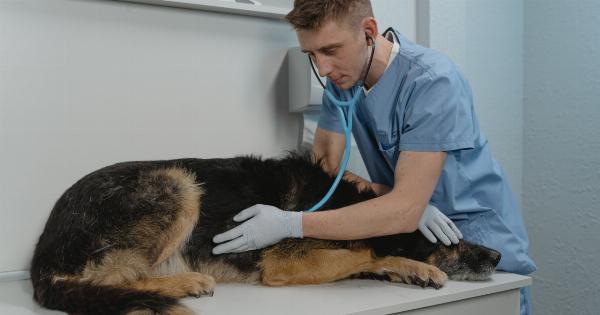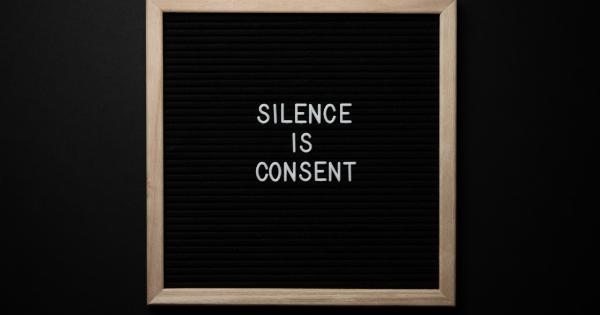Dogs are one of the most beloved and popular pets in the world. They are known for their loyalty, companionship and ability to play. However, dog owners may wonder if their pets can feel guilt.
Do dogs have the ability to feel remorse? Let’s explore this topic further.
What is guilt?
Guilt is a complex psychological emotion that involves feeling bad about something we did or failed to do. It usually arises when we have done something wrong or violated a moral code.
Guilt is often accompanied by feelings of shame and regret and can lead to us wanting to make amends or to avoid the same behavior in the future.
Do dogs have the ability to feel guilt?
The simple answer is no. Dogs cannot feel guilt in the same way as humans do. Guilt is a complex emotion that requires a certain level of self-awareness and the ability to understand and analyze one’s own behavior.
Dogs, however, have a different cognitive ability than humans.
While dogs can certainly experience emotions, they do not have the same depth of emotions that humans have, and they do not have the ability to understand abstract concepts such as guilt, shame or remorse.
Dogs are social animals and learn behaviors through positive and negative reinforcement. When they engage in behavior that is rewarded, such as fetching a ball, they will continue to do it. If they engage in a behavior that is punished, such as chewing on a shoe, they will learn to stop.
When a dog displays “guilty” behavior, it is usually due to a learned response to past punishments.
What behaviors do dogs display that are often misinterpreted as guilt?
There are several behaviors that dogs display that owners may misinterpret as guilt. These include:.
- A lowered head or cowering posture
- Averting their gaze or turning away
- Tucking their tail between their legs
- Whining or whimpering
- Avoiding eye contact
- Licking their lips
These behaviors are often the result of past punishment. The dog has learned to associate a particular behavior with punishment and will display submissive behaviors as a way of avoiding future punishment.
Dogs do not have the cognitive ability to connect their past behavior with their current punishment, so the behavior that owners perceive as guilt is actually a learned response to an unpleasant experience.
How should owners respond to “guilty” behavior?
It is important for owners to understand that dogs do not feel guilt and that the behaviors they display are actually a response to past punishment. Therefore, owners should not scold or punish their dogs when they display “guilty” behavior.
This can lead to confusion and fear in the dog and can damage the bond between the owner and their pet.
Instead, owners should focus on positive reinforcement and reward their dogs for good behavior. When a dog learns that certain behaviors are rewarded with treats, praise and attention, they will be more likely to repeat them.
This will also build a stronger bond between owner and pet and create a positive and enjoyable experience for both.
Conclusion
In conclusion, while dogs display behaviors that may seem like guilt, they do not have the cognitive ability to feel guilt in the same way as humans do.
Dogs are social animals that learn through positive and negative reinforcement and display “guilty” behavior as a learned response to past punishment. Therefore, owners should focus on positive reinforcement and avoid punishing their dogs for “guilty” behavior.
